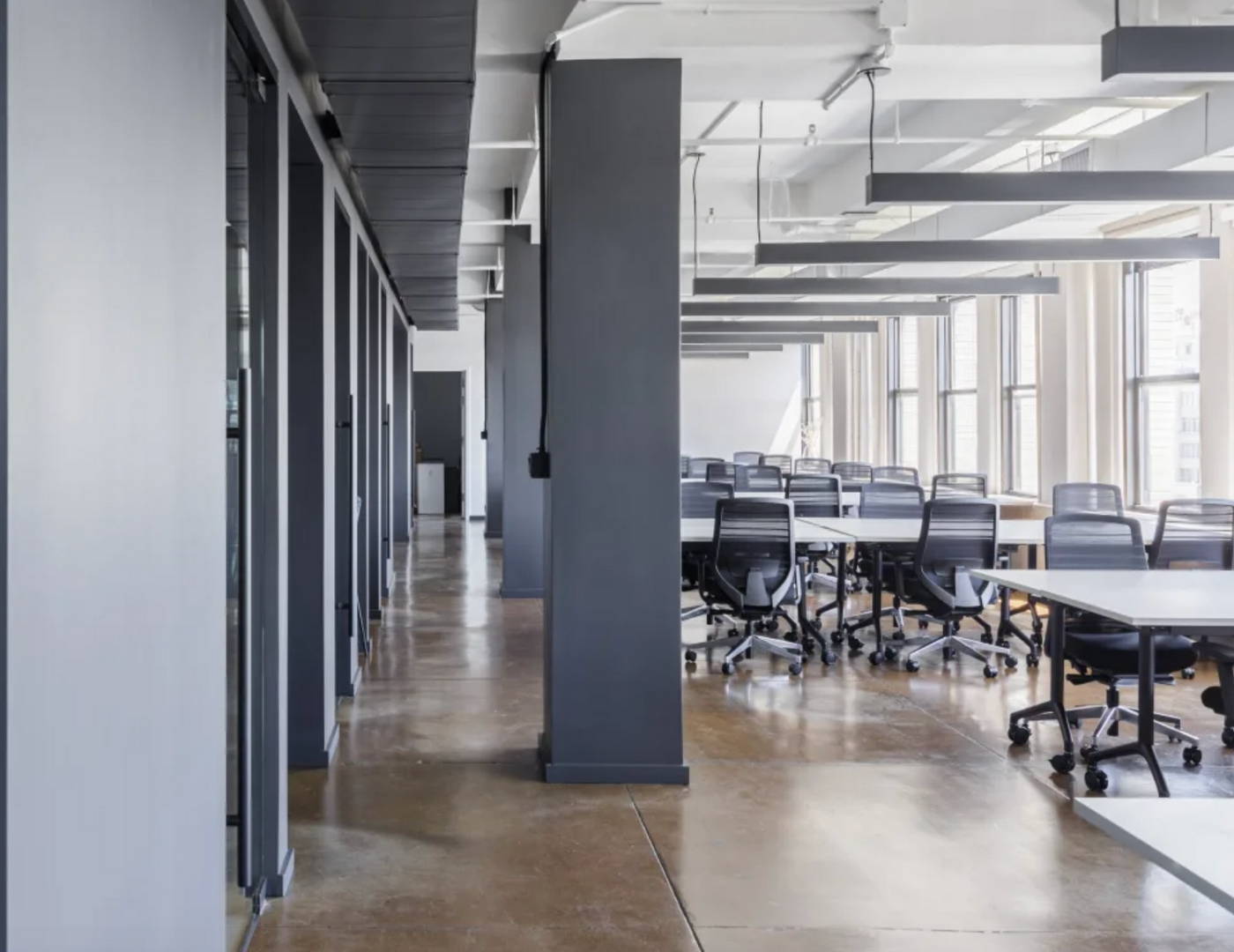Office space is one of the largest expenses for most businesses; so picking the right real estate to lease is essential, and it’s all about size. Too much square footage and you’ll be wasting money, while not enough is likely to be limiting or will require you to move spaces just after you've settled in.
Luckily, it's pretty easy to determine how much square footage you'll need for the foreseeable future. And you’ll be good to go with a few quick estimates based on your current business and general office size standards.
In this guide, we'll help you estimate how much room you'll need per employee — whether you use cubicles, private offices, group workstations, or a combination of all three. We'll also help you decide how much office space you'll need to devote to other rooms and future growth planning.
Keep reading to figure out your space requirements with confidence.







